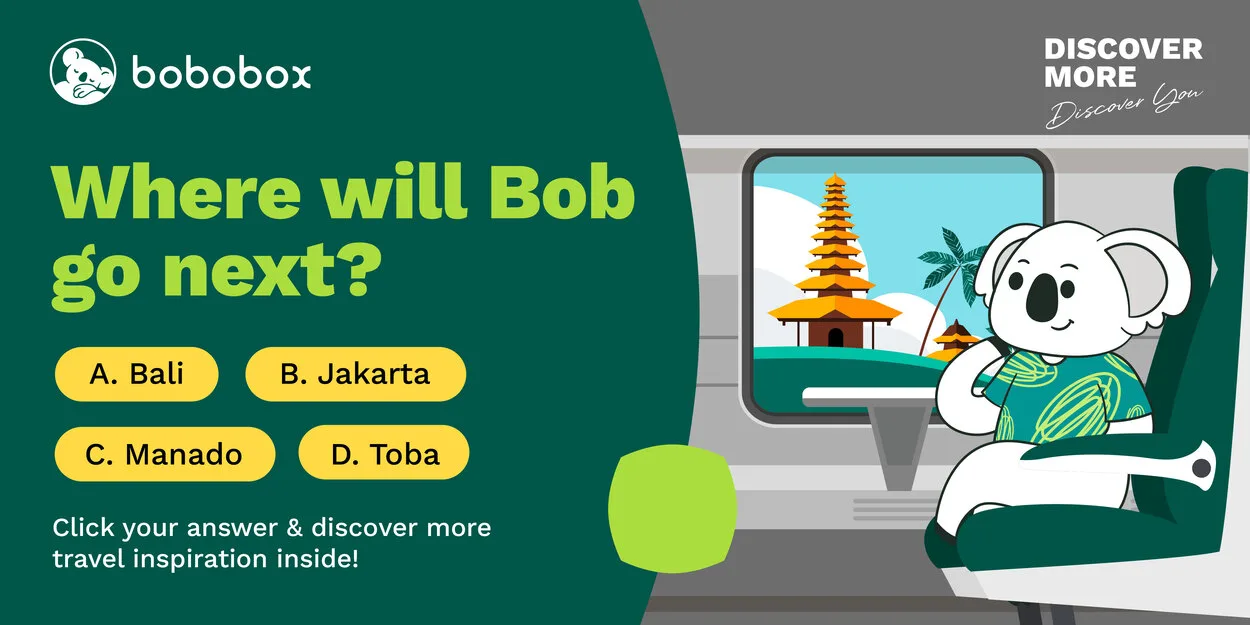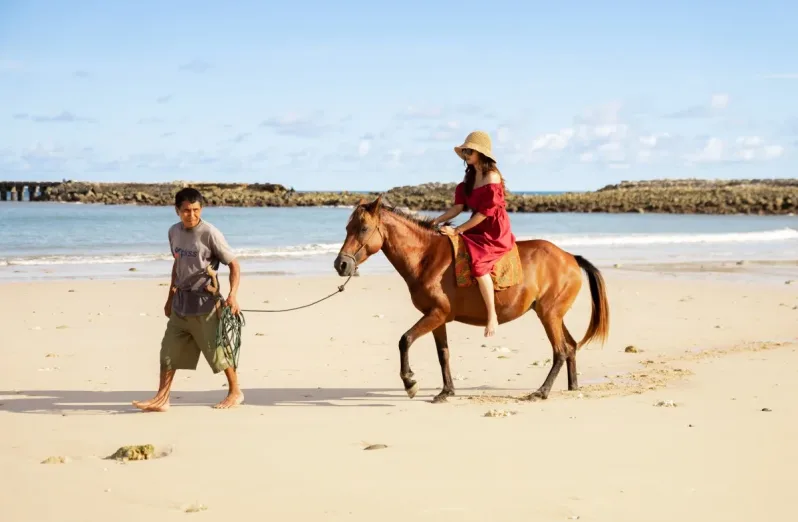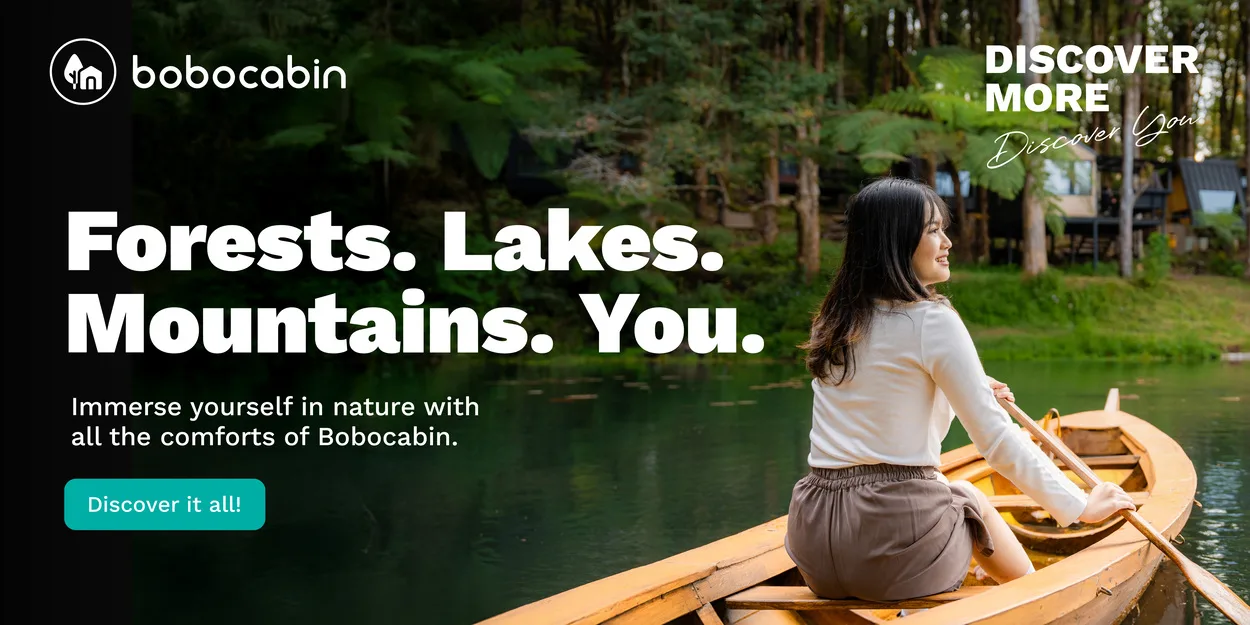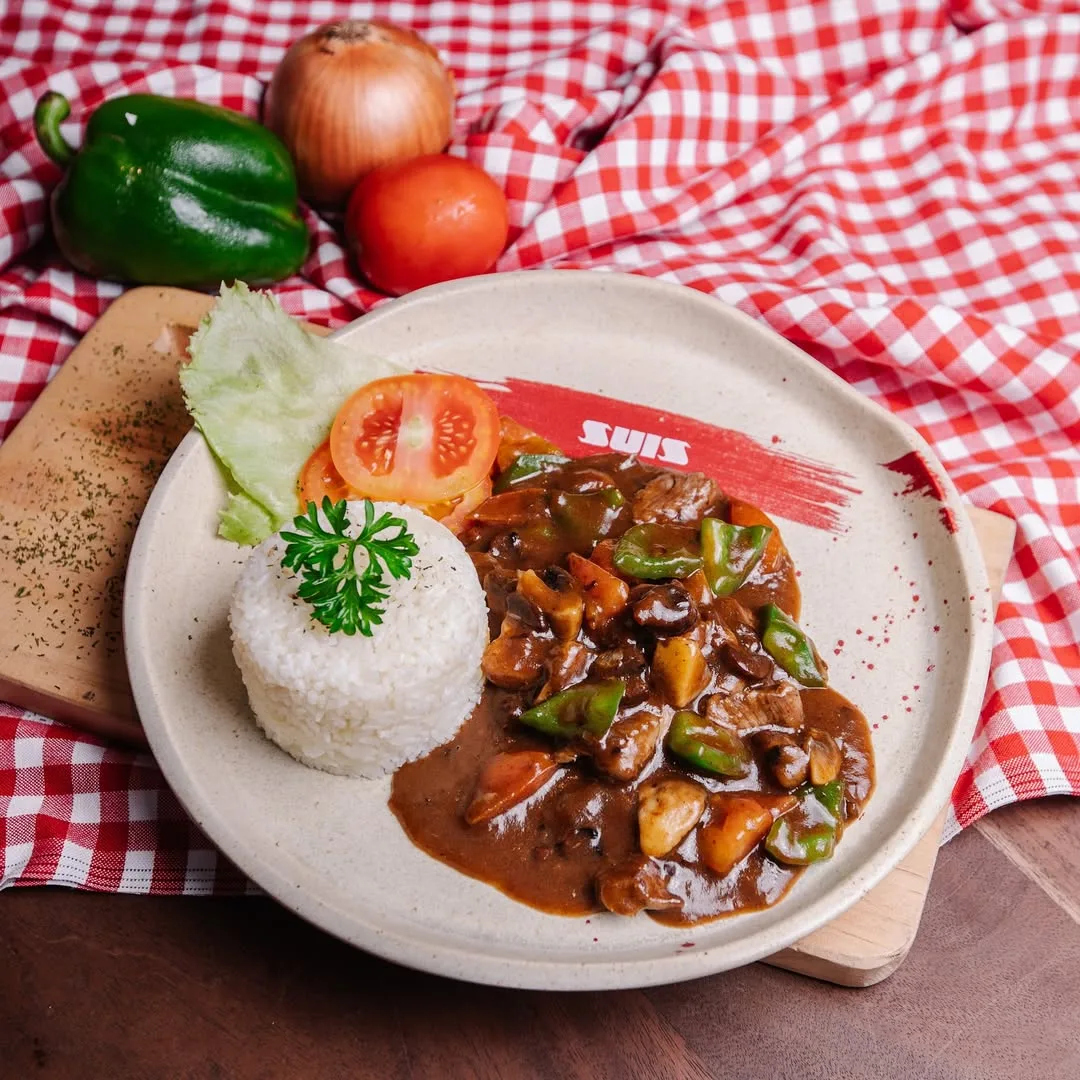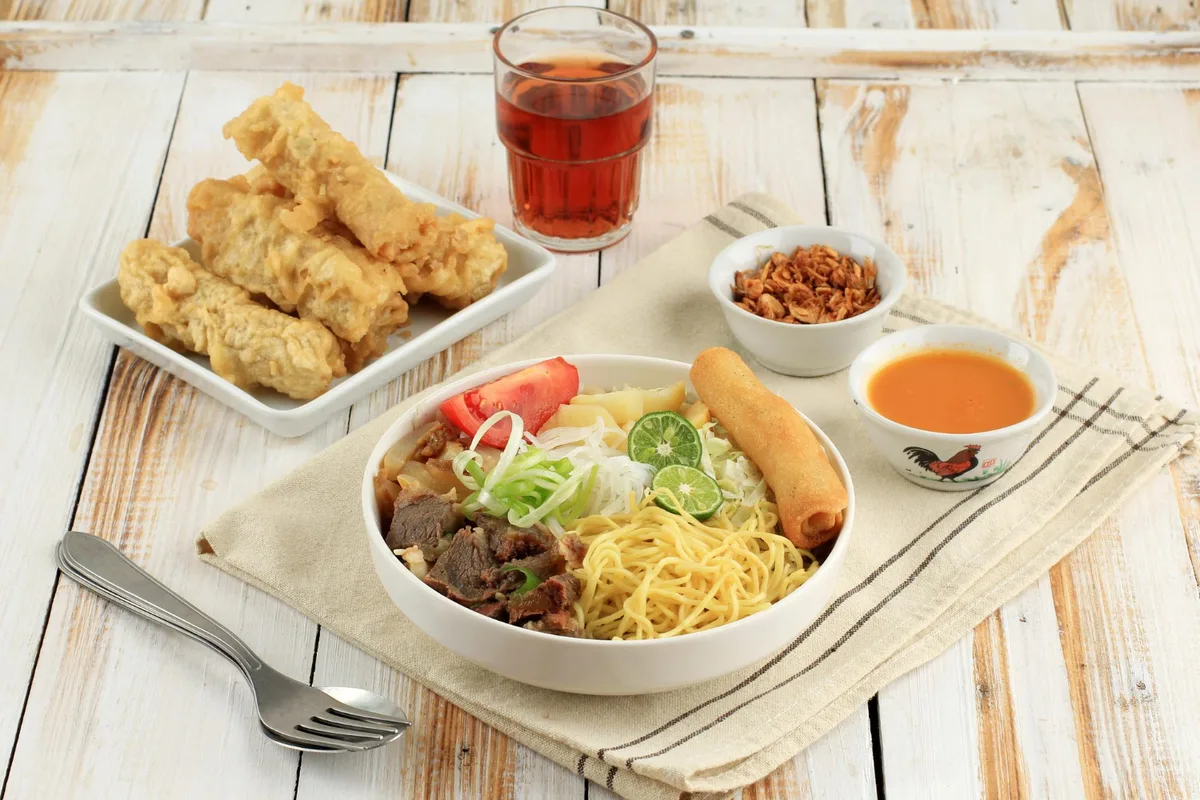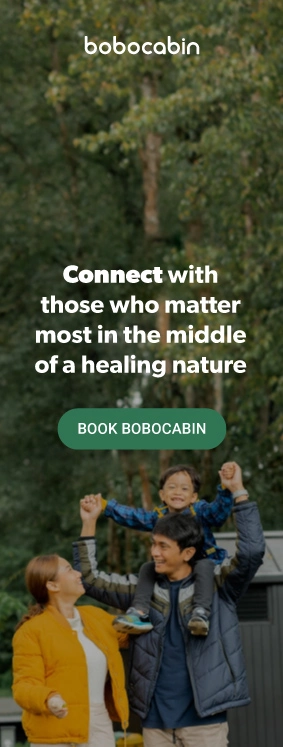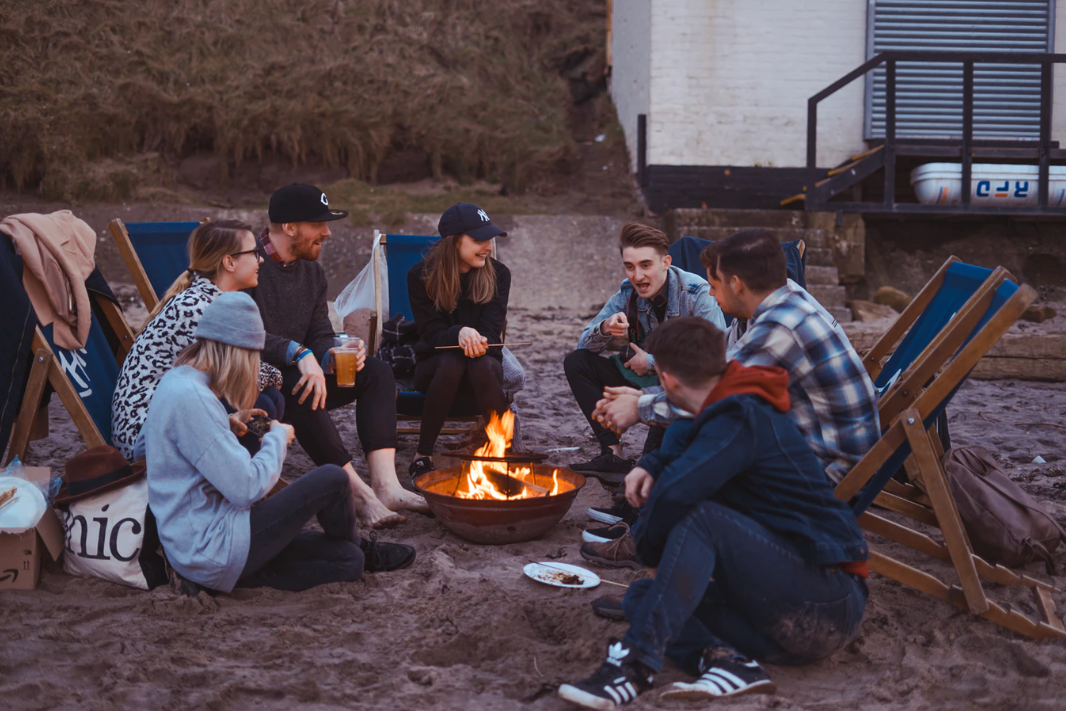Sumba Island is Indonesia’s wild frontier: dramatic green hills, ancient villages, and some of the country’s most pristine coastlines. If you’re planning a trip, understanding the best time to visit Sumba Island is key to making the most of your adventure, from perfect weather to vibrant local festivals. The island’s location far to the east means Sumba has unique seasons and cultural highlights that set it apart from Bali or Flores.
Generally, travel guides note that the best time to visit Sumba Island falls in the dry season, when the weather is reliably sunny and the landscapes glow golden under long daylight hours. However, the climate in Sumba has become more unpredictable, making it important to check local forecasts before you go.
Whether your dream trip includes chasing waterfalls after the rains, surfing crystal-clear waves, or joining the legendary Pasola Festival, timing makes all the difference.
Read Also: Top 10 Reasons Why Visiting Sumba is Worth It
Why is Sumba Famous?
Sumba may be considered a forgotten island compared to its neighboring island Bali, but more and more people are starting to take notice of this beautiful place. Here are the things that make Sumba famous:
1. Natural Wonders
Sumba has everything that spoils your eyes: white-sand beaches, majestic cliffs, grand waterfalls, green forests, and vast savannas. Be sure to go for a hike when you visit the island so you can experience these landscapes yourself. You’ll get to witness the rich wildlife in Sumba along the way.
Some endemic species you may find include Sumba buttonquail, red-naped fruit-dove, Sumba boobook, apricot-breasted sunbird, Sumba hornbill, and seven butterfly species native to the island. You can even interact with the animals directly in some cases. For example, you’re allowed to ride a horse when you visit one of the many savannas in Sumba.
2. Heaven for Surfers
Another reason why Sumba is famous is due to the challenging waves of its sea. Surfers specifically flock to Nihi even though the place is rather exclusive; only ten surfers are allowed to brave Nihi’s perfect waves per day.
Unlike most beaches in Bali, this restriction gives the visitors the chance to fully explore the waves for themselves without having to compete with the crowd.
Read Also: Romantic Paradise: 3-Day Sumba Itinerary for Sunset Lovers
3. Well-Preserved Culture
What makes Sumba even more unique is the locals. The people of Sumba still preserve their culture very well, and it shows in their architecture, traditional ceremonies, and clothing. You can learn about this culture directly from the locals when visiting the island. This includes the making of ikat, a gorgeous textile special to the island.
Better yet, you can witness some traditional ceremonies if you visit at the right time. Some are festive, like the Pasola in which the tribes’ representatives ride on a horse and fight with a spear. Be aware that some ancient rituals involve animal sacrifice to provide food for the entire village.
When is the Best Time to Visit Sumba Island?
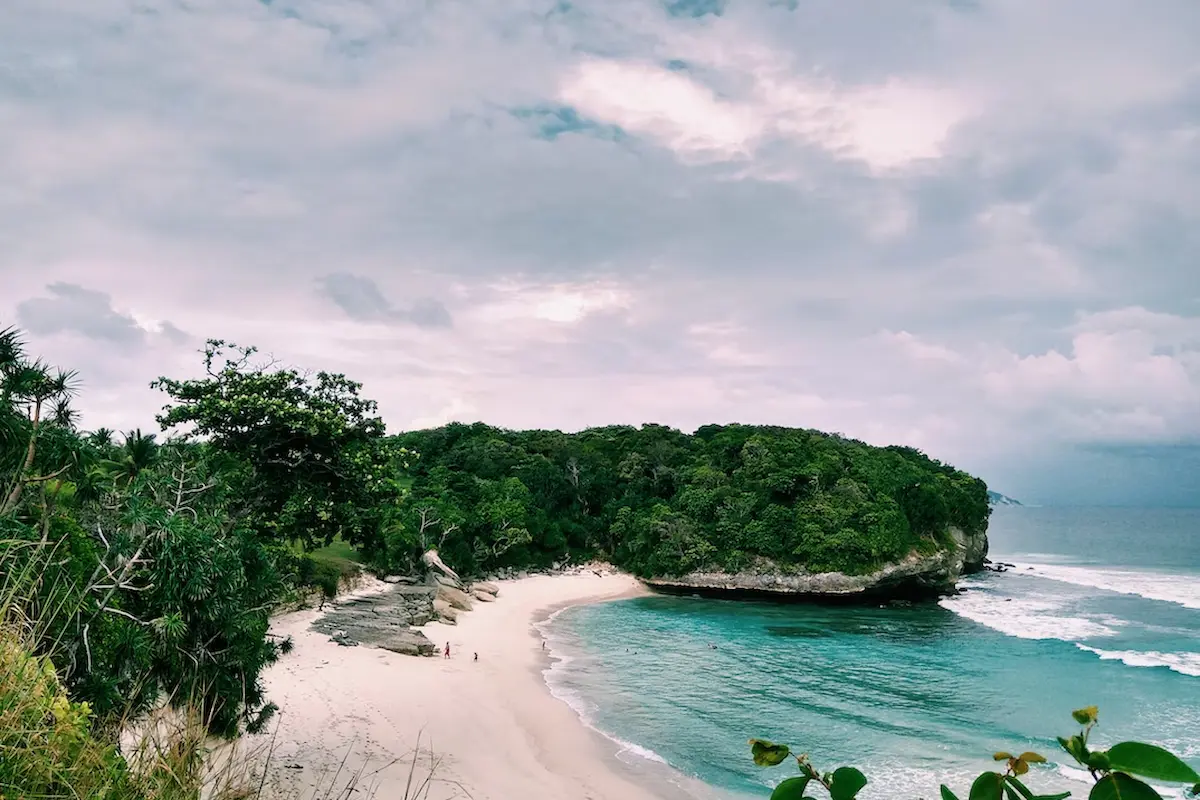
Photo: Itchy Feet via Unsplash
Sumba Island experiences two distinct seasons: the dry season (May–October). During the dry season, visitors can expect minimal rainfall, sunny skies, and comfortable temperatures ranging from 25°C to 32°C. Outdoor adventures, such as surfing, hiking, and exploring traditional villages, are perfect in this season, as roads and tracks remain accessible, and the beaches are at their most inviting.
However, the wet season (November–April) transforms Sumba into a lush paradise, with rain reviving fields, hills, and waterfalls. So it can be an interesting option. While late December through March can bring heavy downpours (and even the occasional tropical cyclone), earlier months or tail-ends of the wet season offer vibrant greenery with fewer crowds.
This is the time when Sumba’s waterfalls, like Lapopu, are in full flow, and local life returns to ancient rhythms in the villages. For cultural enthusiasts, the legendary Pasola Festival, usually held in February or March in Sumba Barat and Sumba Barat Daya, draws visitors from around the world, featuring hundreds of horsemen staging ritual battles with wooden spears.
However, it’s wise to note that recent climate shifts mean weather patterns are less predictable, with droughts and sudden rain spells appearing even within the traditional seasons. The best strategy is to plan for flexibility and consult up-to-date sources like the Indonesian Agency for Meteorological, Climatological, and Geophysics (BMKG).
Also Read: A True Backpacker’s Guide to Sumba’s Best Experiences
Month-by-Month Sumba Island Climate Highlights
- January–March: Wettest months; lush scenery, but higher risk for travel disruptions.
- April: End of rainy season; landscapes still green, waterfalls at their best.
- May–September: Dry months; best for all activities, calm seas, stunning sunsets, and uninterrupted road access.
- October: Warm with little rain; ideal for surfing and hiking.
- November–December: Start of wet season, landscape slowly turning green.
Pro tip: If you want the ideal combination of dry weather, accessible roads, and defined events, June to September generally offer the best conditions for exploring Sumba Island, especially for beach lovers and outdoor adventurers.
Read Also: The Intricate Art behind Sumbanese Weaving: Motifs, Significance, and Process
Things to Know Before You Explore Sumba Island
Visiting a new place can get overwhelming at times, what with the cultural differences, language barrier, and overall different atmosphere. To ensure that you come prepared, here is a list of things you should know before exploring the island:
1. Exchange Rate
If you’re used to using the dollar or pound as currency, the Indonesian rupiah may come as a shock. As of now, $1 USD equates to 15,000 Indonesian rupiah (IDR). The math can pose quite a challenge when you’re out shopping.
Aside from that, be sure to always have cash with you as most tourist destinations in Sumba only accept cash. This is especially true when you’re visiting local stalls or markets.
2. Drinking Tap Water is a No
Most foreign tourists are probably used to drinking their tap water. Unfortunately, the tap water in Sumba—and frankly everywhere in Indonesia—isn’t safe to consume.
You have to get bottled water instead. They’re easy to find at most street stalls. Alternately, you can simply ask your accommodation if they provide free drinking water.
3. Lack of Public Transportation
Unlike Jakarta—the capital city of Indonesia—Sumba has a much more limited public transport option such as:
- buses with limited route
- bemo, which runs constantly in the daytime but on shorter distances
- biskayu or wooden buses, which are trucks with benches that run through roads with bad conditions
- ojek, which are motorcycle taxi
- taxi
You may want to consider renting a car instead. That way, you can freely explore the island without having to wait for public transport for hours.
4. Little to No Wi-Fi
Most places in Sumba don’t provide Wi-Fi, so be sure to get a SIM card and mobile plan before arriving on the island. Be aware that the reception isn’t always great though, especially in rural areas.
5. Clothing and Culture
It’s common for men in West Sumba to wear a sarong around their hips. This type of clothing looks like a skirt, but it actually hides a machete beneath.
So, you don’t need to be scared if you see them walking around with machetes around their hips. It’s part of the Sumbanese tradition after all.
Read Also: 7 Gorgeous Places for Sightseeing in Sumba, Indonesia
Things to Do in Sumba Island: Best Places to Explore
Sumba Island is all about wild landscapes and living traditions. Wondering what to do in Sumba or searching for the most awesome things to do in Sumba? Here are the top picks:
1. Visit the Stunning Beaches
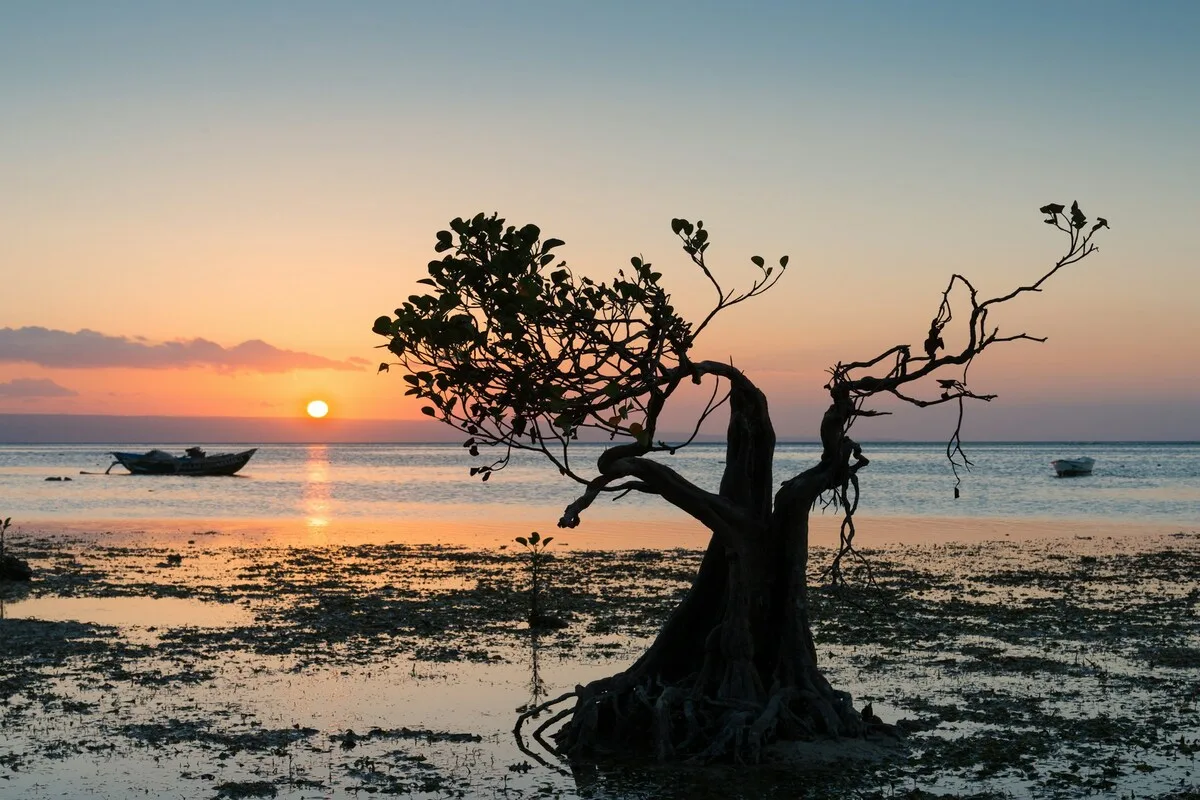
Photo: Sutirta Budiman via Unsplash
- Walakiri Beach: Iconic for its “dancing mangroves” and magical sunsets, Walakiri’s shallow tidal flats are a photographer’s dream. It is located near Waingapu. You only need to pay Rp5,000 for the entrance fee, and an extra Rp5,000 – Rp10,000 for motorcycle or car parking.
- Mandorak Beach: A secluded cove on the southwest coast, Mandorak is famed for turquoise waters, dramatic cliffs, local horse riding, and a truly untouched, wild setting. The entrance fee is about Rp20,000 – Rp50,000 per person.
- Pero Beach: Fisherman’s huts dot this quiet stretch on Sumba’s west, offering surfing spots for experienced riders and calm corners for swimming. You’ll only need to pay Rp15,000 for the entrance fee.
Also Read: Pantai Mandorak; Surga Tersembunyi di Pulau Sumba
2. Chase Waterfall
- Lapopu Waterfall: One of Sumba’s tallest waterfalls, Lapopu is surrounded by lush rainforest—especially impressive during or just after the rainy season. Entry fees usually range from Rp5,000–Rp15,000; located in West Sumba near Waikabubak.
3. Explore Traditional Village
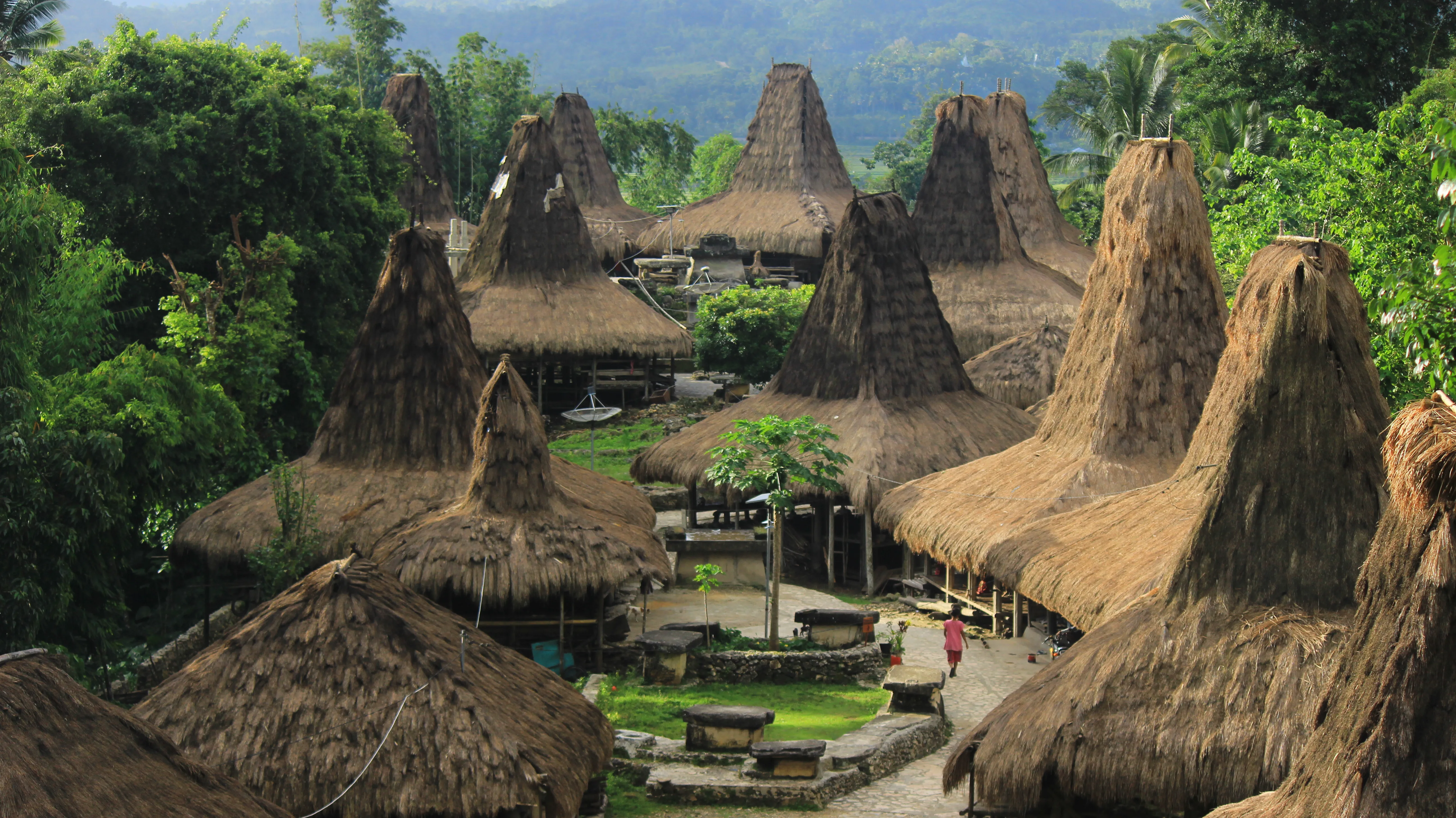
Photo: Wikipedia
- Praijing Village: This ancient hilltop settlement features the iconic Sumba Uma Bokulu and Uma Mbatangu (tall thatched houses), a living museum of Sumbanese megalithic culture. The entrance fee is about Rp50,000 per person, with extras for traditional clothes or other activities.
- Ratenggaro Village: Located in Southwest Sumba, legendary for stone tombs, traditions, and ritual horse-riding skills. Don’t miss the 4 iconic traditional houses there, Uma Katode Kataku, Uma Kalam, Uma Katode Kuri, and Uma Katode Amahu.
Also Read: Bukit Wairinding: Pesona Alam Memukau di Nusa Tenggara Timur
4. Enjoy Natural Landscape at Wairinding Hill
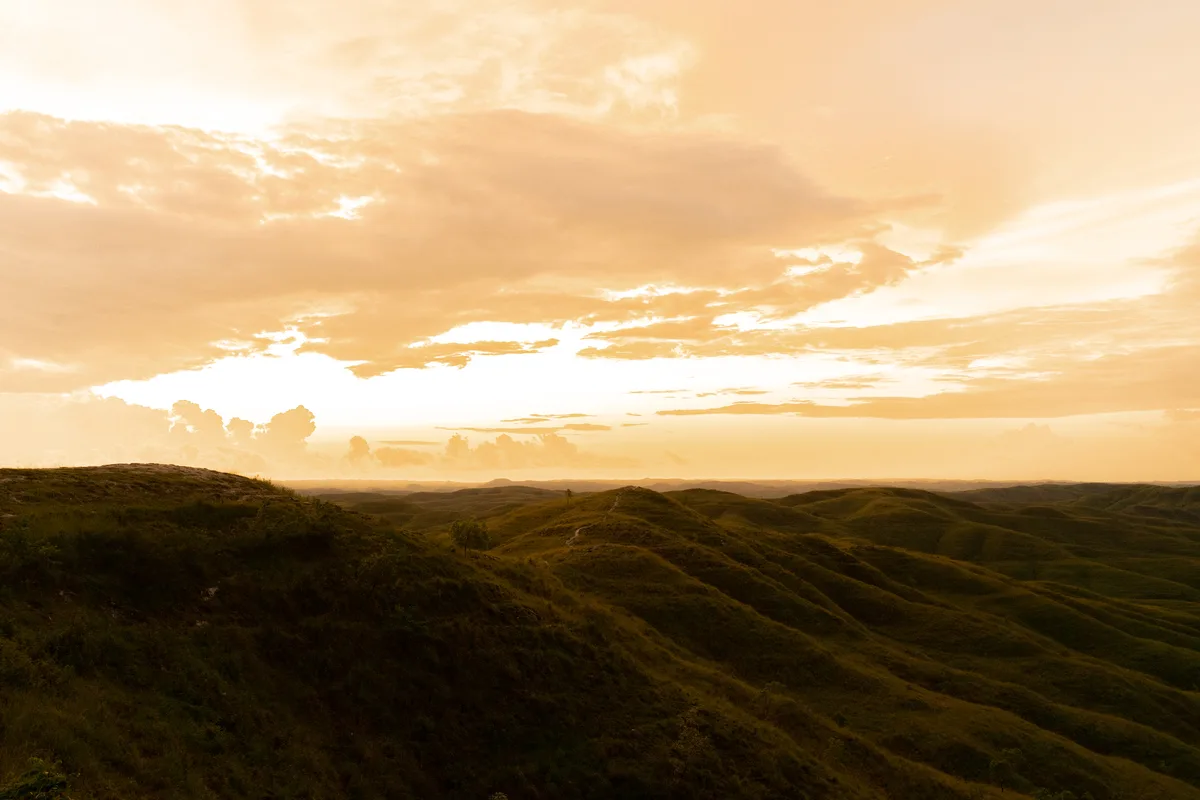
Photo: Bobobox Internal Asset
Wairinding Hill’s rolling savannahs turn green after the first rains, and golden brown in dry months. It is truly one of Sumba’s most iconic landscapes. Panoramic views are ideal for sunrise, sunset, or drone photography.
5. Horseback Beach Riding at Nihi Sumba
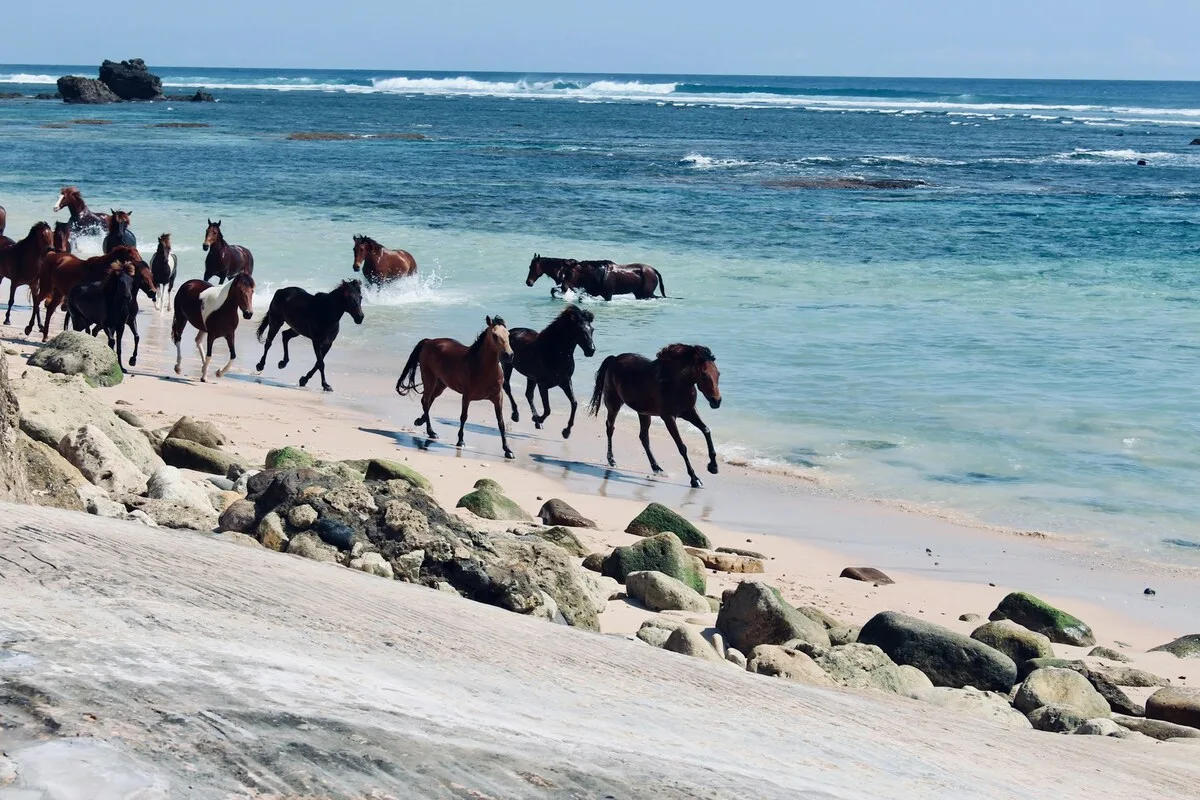
Photo: Deepavali Gaind via Unsplash
Nihi Sumba’s luxury resort offers guided horseback rides along palm-fringed beaches, combining sport, scenery, and Sumbanese tradition. Open for both guests and visitors by prior booking; experiences can be arranged through Nihi Sumba, with prices approximately Rp8,500,000 – Rp22,000,000.
Also Read: Pantai Nihiwatu, Pantai Terbaik Dunia dengan Ombak Spektakuler
6. Watch Pasola Festival
The Pasola Festival is a must-see cultural spectacle, held annually in February or March. Sumba’s spectacular ritual competition involves two teams of horsemen launching wooden spears.
It is an ancestral test of bravery, fertility, and community harmony. Venues include Lamboya, Kodi, and Wanokaka; entry is typically free, but expect busy local accommodations during festival dates.
Where to Stay: Bobocabin Umarato, Sumba
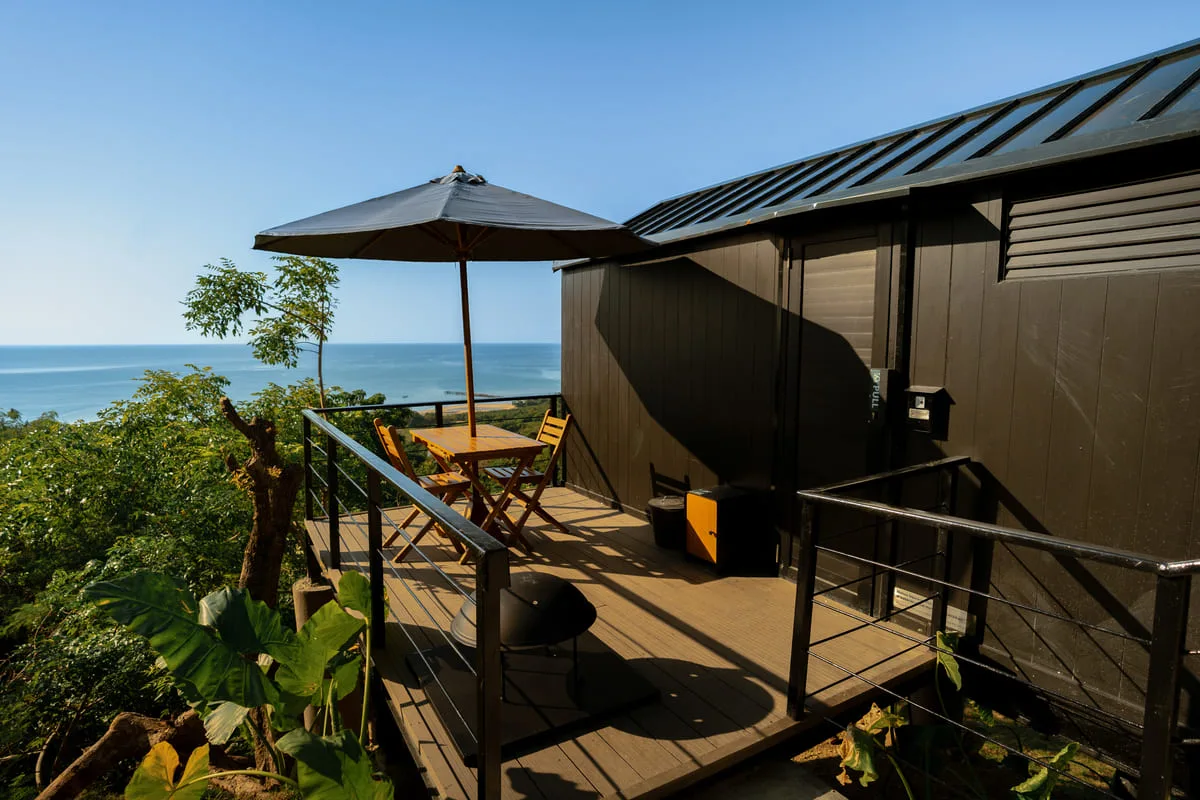
Photo: Bobobox Internal Asset
The best time to visit Sumba Island promises vibrant festivals, wild landscapes, and weather for every adventure. From pristine beaches and legendary villages to cascading waterfalls and unforgettable festivals—Sumba offers something for every traveler.
After exploring Sumba’s wild beauty, retreat to the comfort of Bobocabin Umarato, Sumba—the island’s smart escape. Bobocabin Umarato blends nature, privacy, and technology, offering modern cabins that open directly onto the savannah or beach.
Each cabin features smart windows, high-quality beds, private bathrooms, WiFi, panoramic views, and eco-friendly touches for travelers seeking more than just a room.
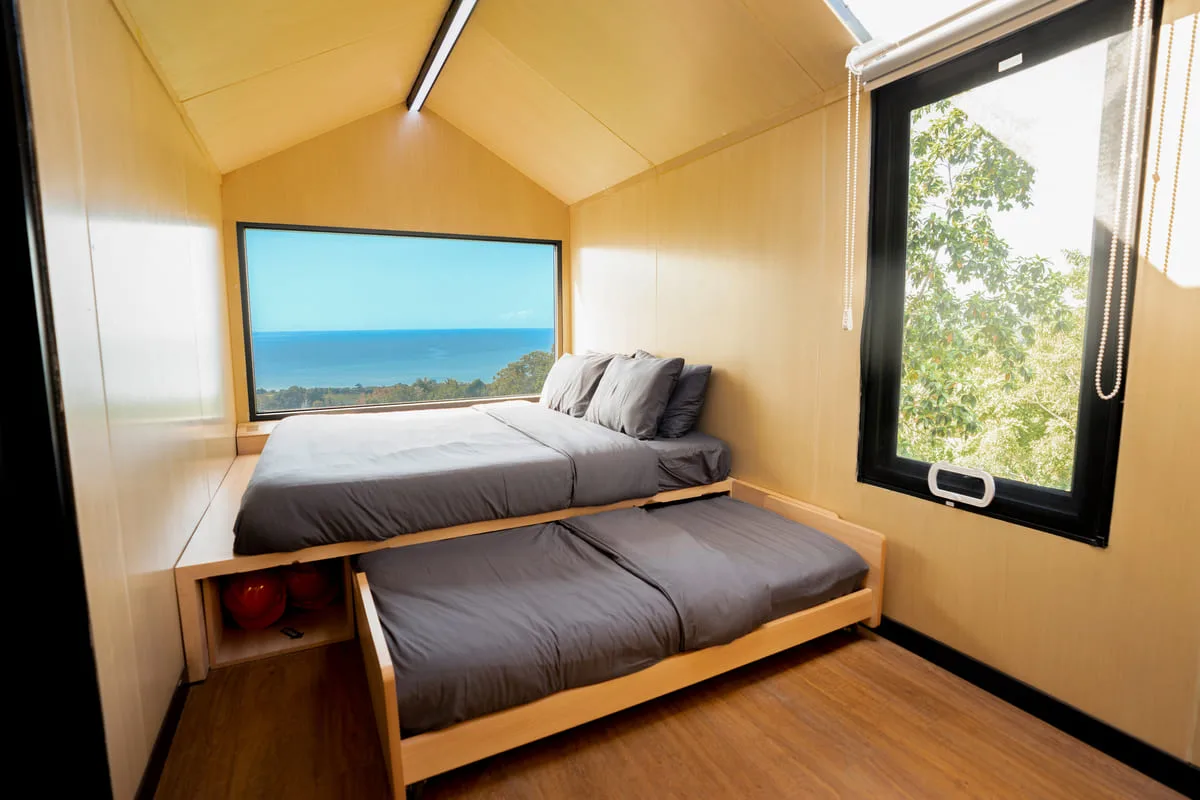
Photo: Bobobox Internal Asset
Located strategically near major attractions, Bobocabin Umarato provides guided experiences including local village visits, horse riding at Pantai Rua, and curated hiking adventures. This isn’t just a place to sleep—it’s the perfect base to experience the best of Sumba Island while enjoying extra comfort, privacy, and style.
Need a comfortable refuge? Bobocabin Umarato lets you relax and recharge after each day of exploration, combining stylish design with unbeatable locations.
Download the Bobobox app, book your stay at Bobocabin Umarato Sumba, and unlock Sumba Island’s wildest adventures!
Writer: Syifa Nuri Khairunnisa
Featured photo: Bobobox Internal Asset
